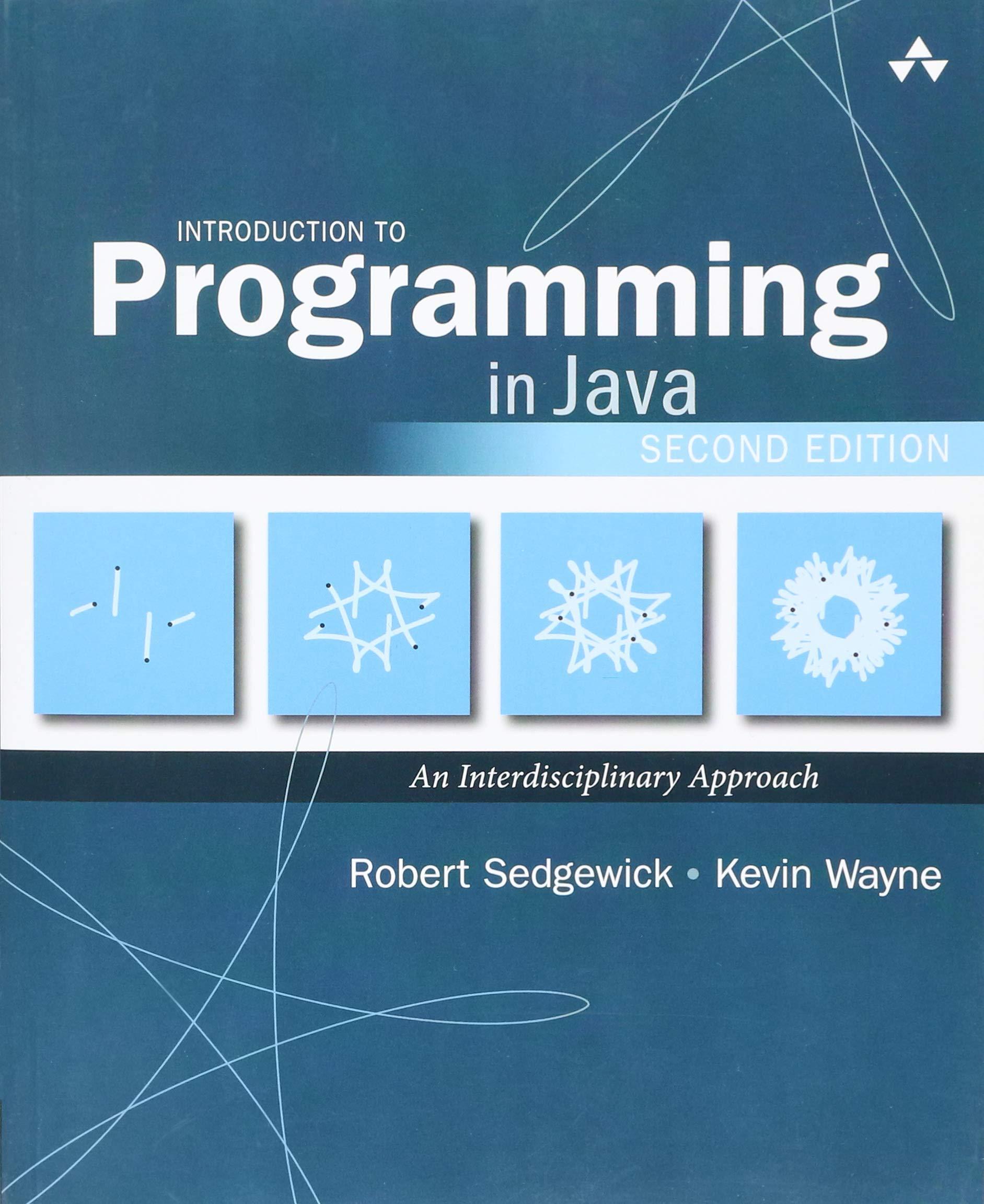Consider the following recursive function, which is related to a famous unsolved problem in number theory, known
Question:
Consider the following recursive function, which is related to a famous unsolved problem in number theory, known as the Collatz problem, or the 3n+1 problem:
public static void collatz(int n)
{
StdOut.print(n + " ");
if (n == 1) return;
if (n % 2 == 0) collatz(n / 2);
else collatz(3*n + 1);
}
For example, a call to collatz(7) prints the sequence 7 22 11 34 17 52 26 13 40 20 10 5 16 8 4 2 1 as a consequence of 17 recursive calls. Write a program that takes a command-line argument n and returns the value of i < n for which the number of recursive calls for collatz(i) is maximized. The unsolved problem is that no one knows whether the function terminates for all integers (mathematical induction is no help, because one of the recursive calls is for a larger value of the argument).
Step by Step Answer:

Introduction To Programming In Java An Interdisciplinary Approach
ISBN: 9780672337840
2nd Edition
Authors: Robert Sedgewick, Kevin Wayne





